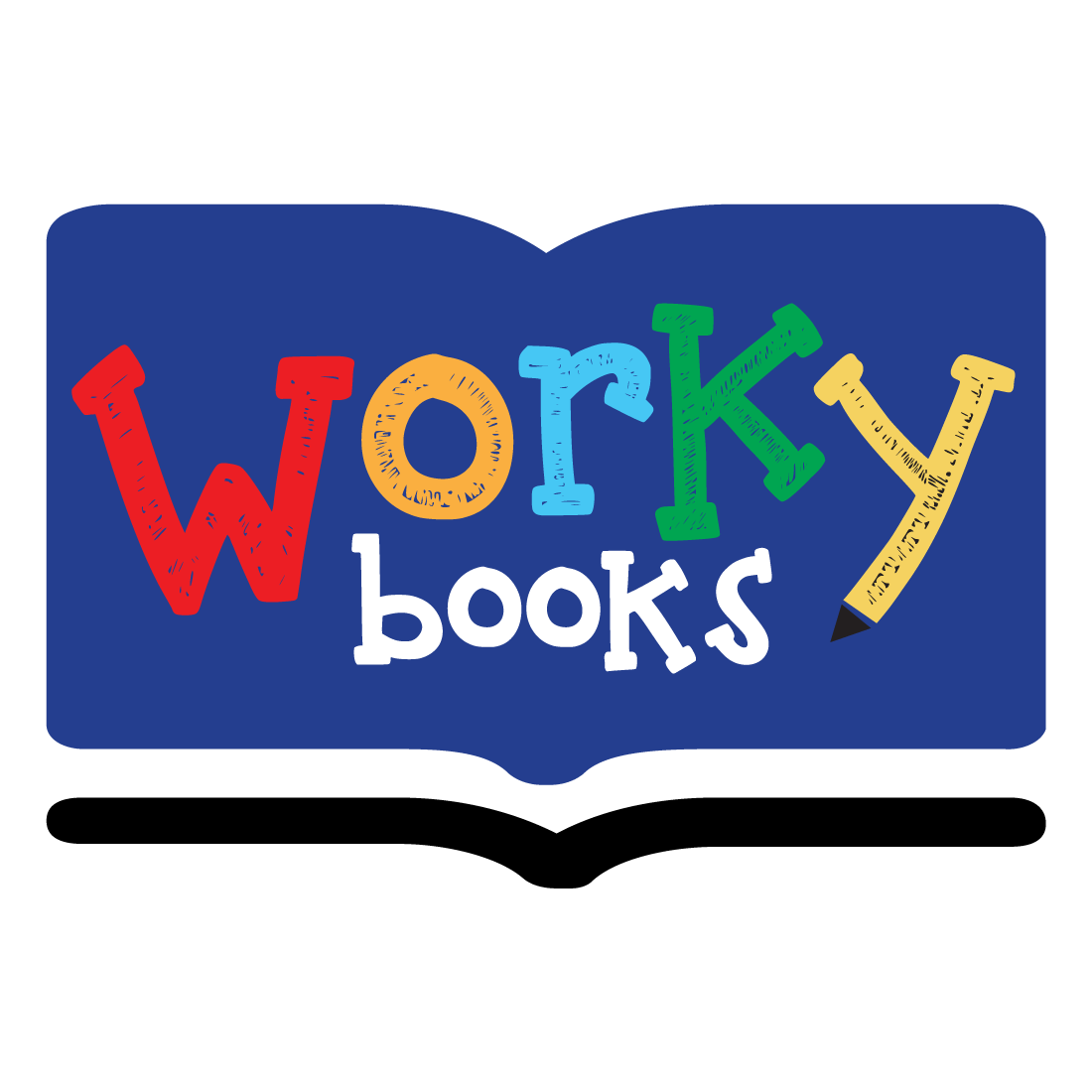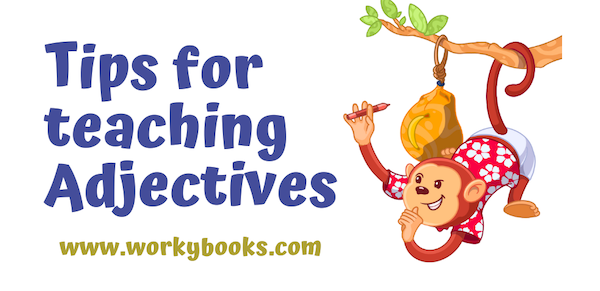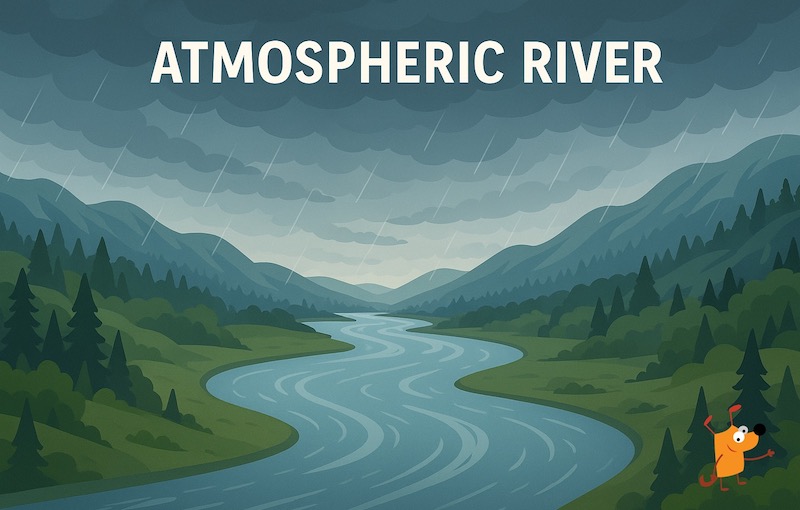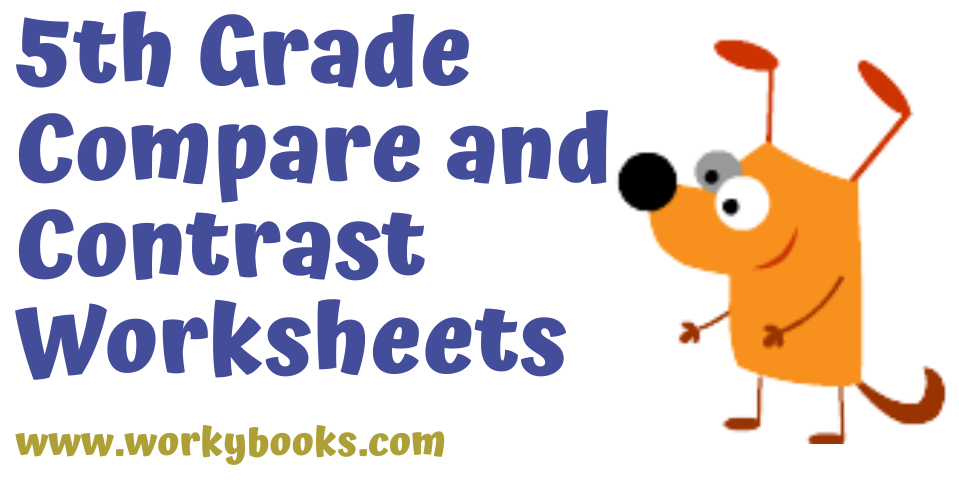8 Natural Disasters Reading Comprehension Worksheets (Pdf)
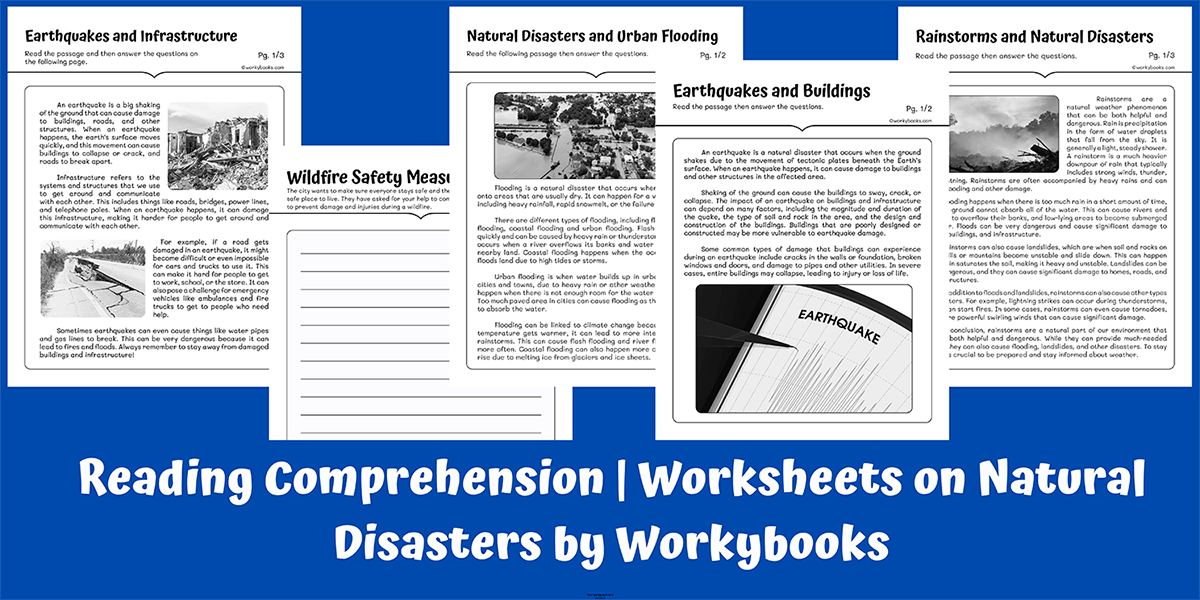
Teaching NGG ESS3.B Natural hazards is an important part of the Next Generation Science Standards.
Natural disasters reading comprehension is an essential skill for understanding the terrifying and devastating events that occur in the natural world. These hazards can include earthquakes, tsunamis, hurricanes, wildfires, and other weather-related events. To help students grasp these concepts, natural disasters reading comprehension worksheets PDF resources provide structured learning materials. In order to protect ourselves and our communities, it is important to understand natural hazards and how to respond to them.
The NGSS is a set of standards developed to provide students with a solid foundation in science, technology, engineering, and mathematics (STEM) fields. ESS3.B specifically focuses on teaching students about natural hazards, including their causes and how to mitigate their effects. Reading comprehension about natural disasters plays a key role in meeting these standards, allowing students to analyze and interpret scientific texts.
These natural disaster worksheets are a comprehensive educational resource for 4th and 5th grade students. With a variety of natural disasters reading comprehension PDF materials covering different types of disasters, such as flooding, rainstorms, and earthquakes, students can learn about the causes and effects of each event. These activities aim to help students test their understanding of the concepts presented. Additionally, the writing exercises included in the packet allow students to apply what they have learned by brainstorming and developing strategies to respond to natural disasters.
Topics included are:
- Natural Disasters and Glaciers
- Earthquakes and Infrastructure
- Earthquake and Buildings
- Natural Disasters and Urban flooding
- Rainstorms and Natural Disasters
- Earthquake Safety Measures
- Wildfire Safety Measures
The resource includes reading informational text with range of activities such as:
- reading comprehension questions
- multiple-choice questions
- guided writing prompts
- short research project
For printable worksheet packet click here.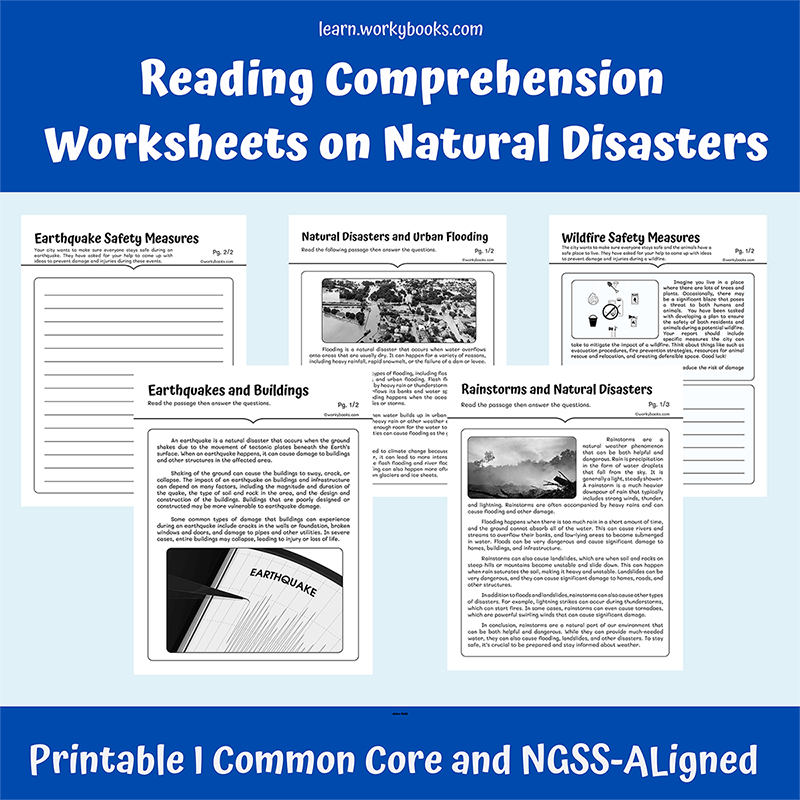
The short research project on Glacier Disaster included in the packet is designed to help students learn more about a specific natural hazard. The project requires students to research the glaciers and create a short report.
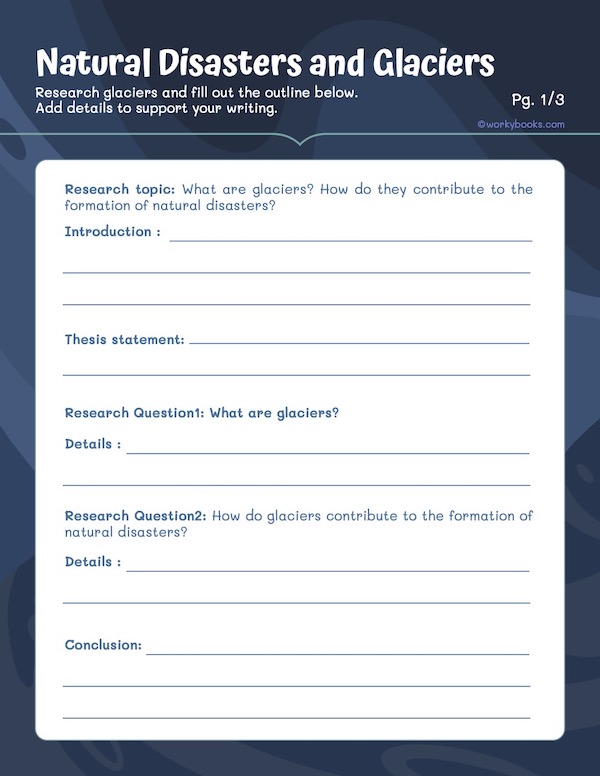
FAQs:
1. Can you name 10 different types of natural disasters?
Yes, there are 10 major types including earthquakes, hurricanes, floods, wildfires, droughts, tornadoes, volcanic eruptions, tsunamis, blizzards, and landslides. These are often featured in Natural Disasters Reading Comprehension exercises for better learning.
2. How would you describe a natural disaster to students?
A natural disaster is a harmful event caused by nature, such as a flood or earthquake. Natural Disasters Reading Comprehension passages break these ideas down clearly for young readers.
3. What are some common reasons natural disasters happen?
Natural disasters occur due to weather changes, tectonic activity, and environmental shifts. Natural Disasters Reading Comprehension materials help explain these causes in a way children can understand.
4. Why should kids learn about natural disasters in school?
Understanding natural disasters helps kids stay safe and informed. Natural Disasters Reading Comprehension resources make this learning fun and educational.
5. How does reading about natural disasters improve comprehension skills?
Reading about real-world events like natural disasters helps students improve vocabulary, build context, and think critically—key parts of reading comprehension.
